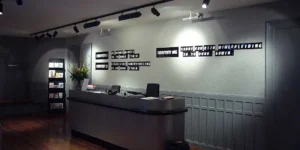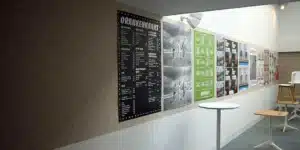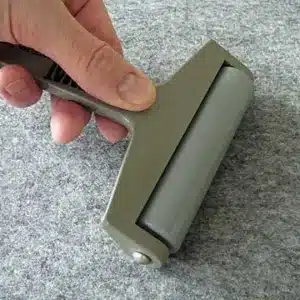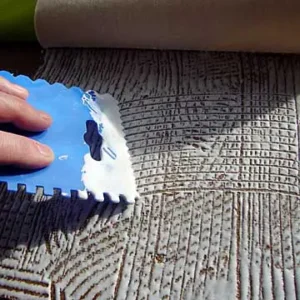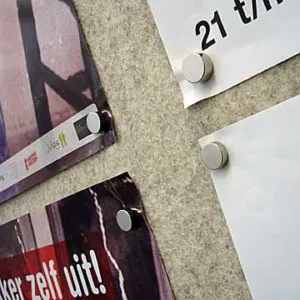Felt Pinboards: How To Make Them And Why Are They So Fine?
Do you have an empty wall that could use some color and atmosphere? Or are you looking for a handy place to hang your photos, cards, shopping lists and other papers? Then a felt pin board might be something for you!
A wool felt pin board has a beautiful, natural look. It feels nice and soft and can have a beneficial effect on the acoustics of a room. In addition, felt is a durable material that lasts a long time and is easy to maintain.
In this blog we tell you how you can make your own felt pin board and what you should pay attention to when choosing the right felt. We also give you tips for attaching the bulletin board to the wall and using magnets or thumbtacks.
How to make a felt pinboard yourself?
You don't need much to make your own felt pin board. The main thing, of course, is the felt itself. But what kind of felt is best to use? And how thick should it be?
Thin or thick felt?
You can use different types of felt for a pin board, such as 100% wool felt, needle felt or synthetic felt. The most important thing is that it has enough strength to hold the thumbtacks or magnets.
For the thickness of the felt, 1 to 3 mm is usually enough. Thicker felt is not necessary and sometimes even not recommended. Thick felt is very compact and difficult for drawing pins to penetrate. Moreover, you have to use very thick felt so as not to touch the hard surface behind the felt.
If you use thinner felt, you can stick it on softboard to make a nice thick pinboard together with the softboard. Softboard is a type of fiberboard that is easily available at the wood trade or hardware store. Please note that softboard may no longer be used in public spaces due to its flammability.
We recommend our 2mm thick designer felt to for noticeboards!
How do you stick the felt on softboard?
To glue the felt to softboard, you need glue that adheres well to both materials. There are many types of glue suitable for this purpose, such as hobby glue, contact glue, bookbinding glue, wallpaper glue or spray adhesive.
Which type of glue you choose depends on, among other things, the size of the adhesive surface, the type of surface and your personal preference and experience with certain types of glue.
A few tips for gluing:
- Apply the adhesive evenly with a trowel or brush.
- Press the felt firmly with a hard roller or iron.
- Allow the glue to dry thoroughly before pricking.
How to make a felt pin board
A felt pin board is easy to make yourself. You only need a piece of soft board and a piece of felt slightly larger than the board. You can also use multiple colors of felt to create a fun pattern.
Follow these steps to create your own bulletin board:
- Cut the softboard to size. You can choose any shape you like, such as a rectangle, circle, or heart.
- Also cut the felt to size. Make sure to leave about 2 cm on each side to fold over the edge of the board.
- Glue the felt to the softboard. Start at one side and work your way to the other side. Fold the edges of the felt and glue them to the back of the board.
- Allow the glue to dry thoroughly and hang your bulletin board with nails or screws. You can also attach string or ribbon to the back to hang your bulletin board.
You can now decorate your bulletin board with photos, cards, notes or other fun things. Use thumbtacks or pins to secure them. Have fun with your homemade bulletin board!
